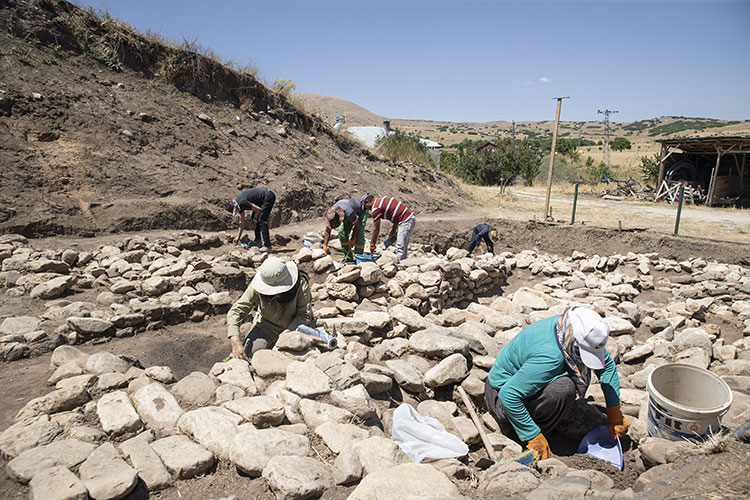
Archaeological excavations continue at the 8,000-year-old Tozkoparan Mound in eastern Türkiye
After a two-year hiatus, archaeological excavations have resumed at Tozkoparan Mound, located in the Pertek district of Tunceli, eastern Türkiye. Recognized as a first-degree archaeological site in 2017, the mound is believed to contain layers of human settlement dating back over 8,000 years. New findings are expected to shed light on prehistoric life in Eastern Anatolia.
Why This Site Matters
Tozkoparan Mound is one of the rare prehistoric archaeological sites in Eastern Anatolia. Previous excavations revealed a child’s skeleton dated to 6350 BC, making it one of the oldest discovered remains in the region. The site offers a unique opportunity to explore early human settlement patterns beyond the better-known western and southeastern parts of Türkiye.
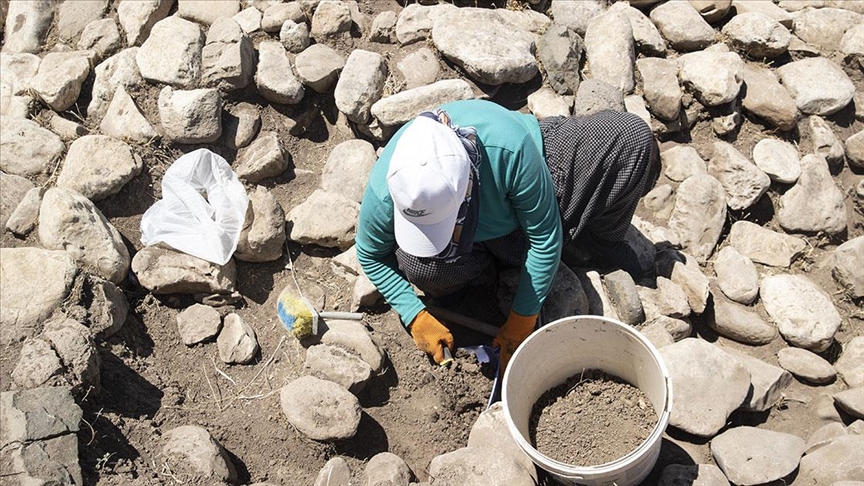
Excavation Team and Methodology
Under the leadership of the Tunceli Museum and academic consultancy of Assoc. Prof. Yasemin Yılmaz from Düzce University, a 10-person team is conducting careful hand excavations to preserve the site’s delicate stratigraphy. The team includes archaeologists Özgür Şahin, Sedat Oylu, Ümit Demirtaş, and Yağmur Kılınç Turuncular.
What Has Been Discovered So Far?
Earlier excavations unearthed pottery fragments, architectural remains, and burial sites. The most remarkable find is a child skeleton dated to approximately 6350 BC through DNA analysis. In the current season, deeper layers have revealed traces of settlement dating to 4350 BC, with additional evidence of monumental structures and multi-layered occupation.
📣 Our WhatsApp channel is now LIVE! Stay up-to-date with the latest news and updates, just click here to follow us on WhatsApp and never miss a thing!!
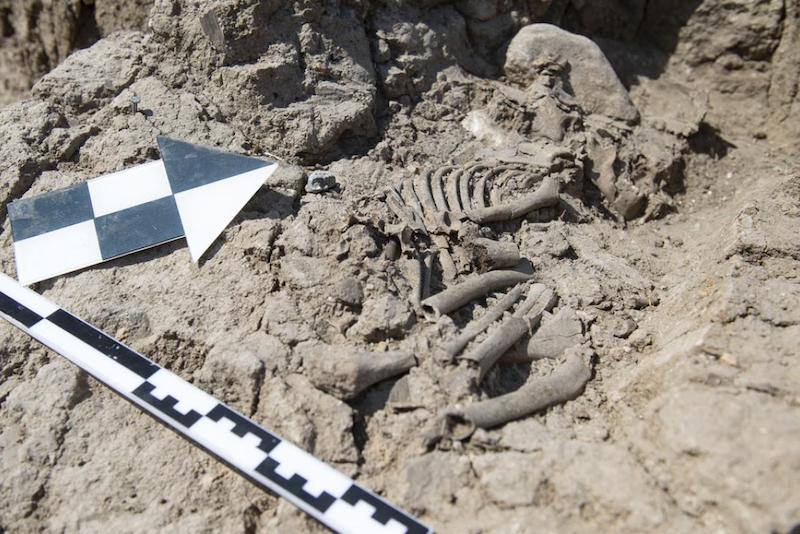
Statements from Officials
Tunceli Provincial Director of Culture and Tourism, Mehmet Aygöl, noted that “archaeological work at this site requires the precision of brain surgery.” He emphasized the historical significance of Tozkoparan Mound and expressed hope for long-term excavation efforts supported by both local and national institutions.
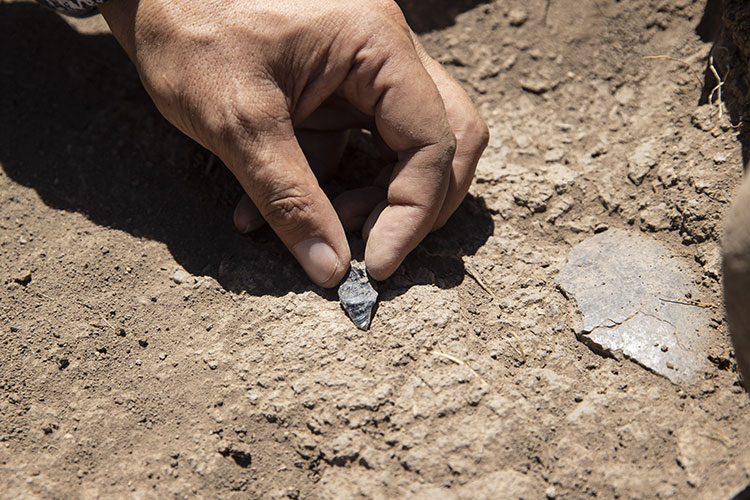
Museum Director and excavation head Kenan Öncel stated, “We first identified this site in 2017 and registered it as a first-degree archaeological area. Excavations in 2021 and 2022 revealed severe destruction. Our work now focuses on the lower layers, where the most ancient findings are located.”
Historical Context and Significance
Findings from Tozkoparan Mound could bridge significant gaps in the archaeological timeline of Eastern Anatolia. While much research has focused on Mesopotamia, the Aegean, and Central Anatolia, this site provides rare insights into human activity in the lesser-studied mountainous east. The site’s continuous stratigraphy may help redefine prehistoric settlement maps of the region.
You may also like
- A 1700-year-old statue of Pan unearthed during the excavations at Polyeuktos in İstanbul
- The granary was found in the ancient city of Sebaste, founded by the first Roman emperor Augustus
- Donalar Kale Kapı Rock Tomb or Donalar Rock Tomb
- Theater emerges as works continue in ancient city of Perinthos
- Urartian King Argishti’s bronze shield revealed the name of an unknown country
- The religious center of Lycia, the ancient city of Letoon
- Who were the Luwians?
- A new study brings a fresh perspective on the Anatolian origin of the Indo-European languages
- Perhaps the oldest thermal treatment center in the world, which has been in continuous use for 2000 years -Basilica Therma Roman Bath or King’s Daughter-
- The largest synagogue of the ancient world, located in the ancient city of Sardis, is being restored

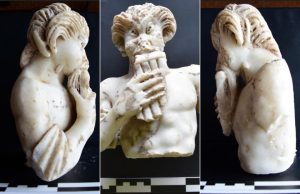
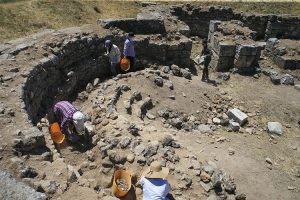
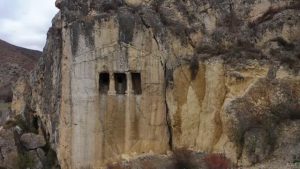
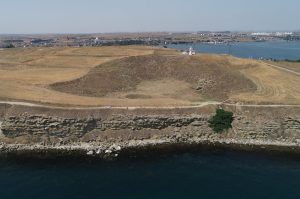
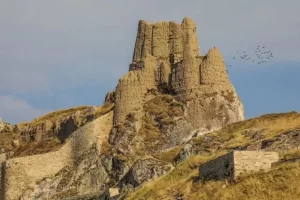
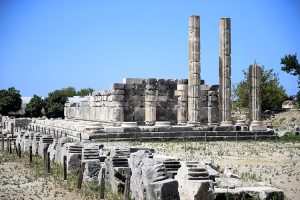
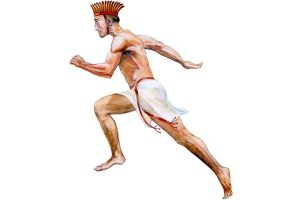

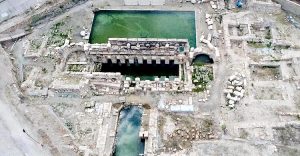
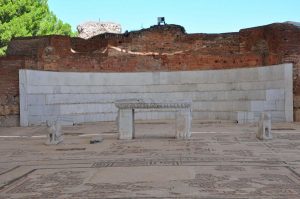
Leave a Reply